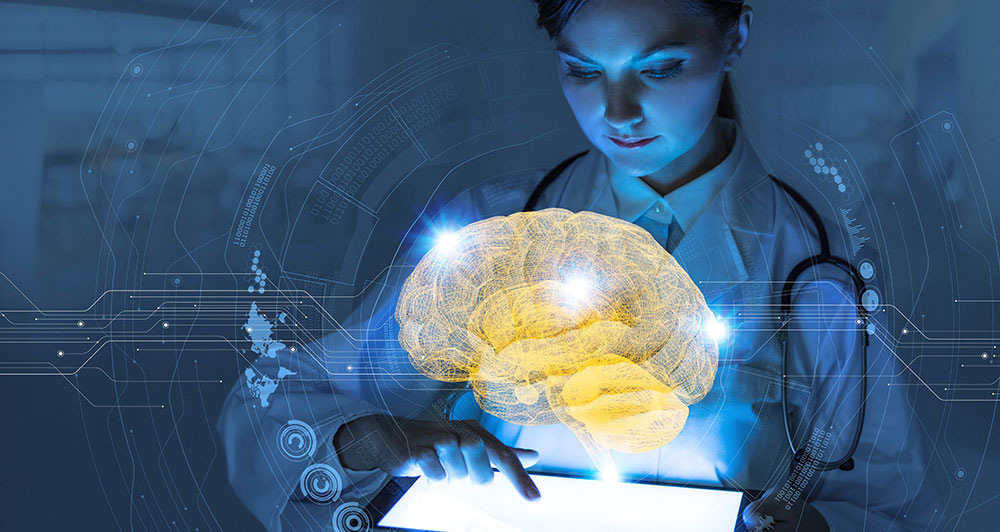Medicine has always been a fertile ground for adopting cutting-edge technology, and 3D visualization is one such transformational innovation that has revolutionized the industry. With roots in advanced medical imaging and the power to provide comprehensive understanding, 3D visualization has evolved as a pivotal tool in modern healthcare. Let's take a deep dive into the fascinating history, real-world applications, and the future potential of 3D visualization in the realms of medical diagnosis and education.
The Advent and Evolution of 3D Visualization in Medicine
The emergence of 3D visualization in medicine traces its lineage back to the latter half of the 20th century, a period marked by rapid technological advancements. Back then, medical images were mostly two-dimensional, generated by X-rays and ultrasound scans. However, the landscape shifted dramatically with the advent of Computed Tomography (CT) scans in the 1970s and Magnetic Resonance Imaging (MRI) in the 1980s. These breakthroughs not only provided cross-sectional images of the body but also laid the foundation for 3D visualization by enabling the reconstruction of these images into a three-dimensional model using computer software.
Over the past few decades, 3D visualization has evolved tremendously. Now, it leverages sophisticated software to construct precise, interactive 3D medical models, offering in-depth insight into intricate anatomical structures and complex medical conditions.
From Images to Interactions: The Impact of 3D Visualization on Medical Diagnosis
3D visualization has carved a significant place in medical diagnosis, ushering in a new era of precision and patient-centric care. Unlike traditional 2D images, 3D models offer a holistic, multi-dimensional view of the patient's anatomy, thereby enhancing diagnostic accuracy.
One real-life example of this is seen in the preoperative planning for complex surgeries. Doctors at Boston Children's Hospital used a 3D printed model of a child's heart suffering from congenital heart disease to plan a complicated surgery. This 3D model empowered the surgeons to navigate the child's unique anatomy, resulting in a successful operation. This exemplifies how 3D visualization not only enhances the accuracy of medical diagnosis but also contributes to improved patient outcomes.
Furthermore, 3D models serve as an exceptional tool for patient communication and education. A study published in the Journal of Medical Internet Research revealed that breast cancer patients shown 3D visualizations of their own anatomy and potential surgical outcomes had a better understanding of their treatment options and reported increased satisfaction with their chosen treatments.
Changing the Face of Medical Education: 3D Visualization in Action
Shifting the focus from medical diagnosis to education, 3D visualization has proven to be a catalyst for revolutionary pedagogical practices. Traditional learning methods that rely on 2D diagrams and textbook descriptions have their limitations in conveying the complexity of human anatomy and pathologies. Enter 3D visualization, and the whole learning experience transforms into an interactive exploration, enhancing comprehension, retention, and practical application of medical knowledge.
An example of this is the UCSF Virtual Dissection Table at the University of California, San Francisco. This advanced learning tool allows medical students to dissect and examine virtual cadavers, explore body systems, and scrutinize individual organs. This type of interactive and dynamic learning experience significantly improves the acquisition of surgical skills and the understanding of complex anatomical structures.
Embracing the Future: The Exciting Prospect of 3D Visualization in Medicine
As we look toward the future, the promise of 3D visualization in medicine continues to expand. As artificial intelligence and machine learning techniques mature, we can expect to see even more precise and personalized 3D medical models. The potential integration of virtual reality and augmented reality technologies could further redefine medical education, providing even more immersive and realistic learning experiences.
In terms of patient care, envision a future where an integrated 3D model consolidates all diagnostic data, fostering interdisciplinary collaboration among specialists and enhancing patient involvement in their treatment decisions. This could drastically improve treatment outcomes and patient satisfaction.
Bringing 3D Visualization to Your Fingertips: Our 3D Medical Models
As we stand on the threshold of this exciting new era of 3D visualization in medicine, we're proud to offer an extensive range of high-quality 3D medical models. Whether you're a healthcare professional, a medical educator, or a student, our 3D models can serve as valuable tools to enhance diagnosis accuracy, enrich the learning experience, or broaden your understanding of complex medical concepts.
Take the plunge into the captivating world of 3D visualization with our diverse collection of 3D medical models. Let's journey together into the future of medicine and harness the transformative power of 3D visualization to advance patient care and elevate medical education.

